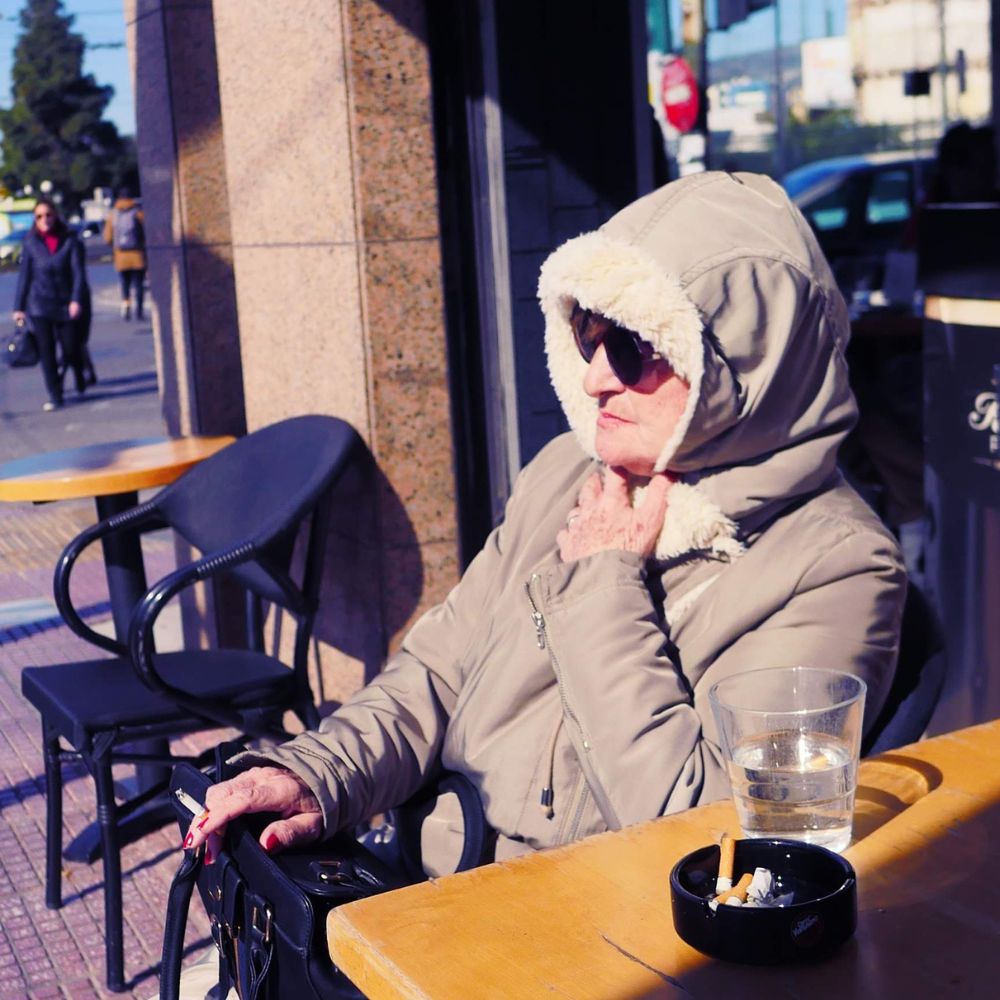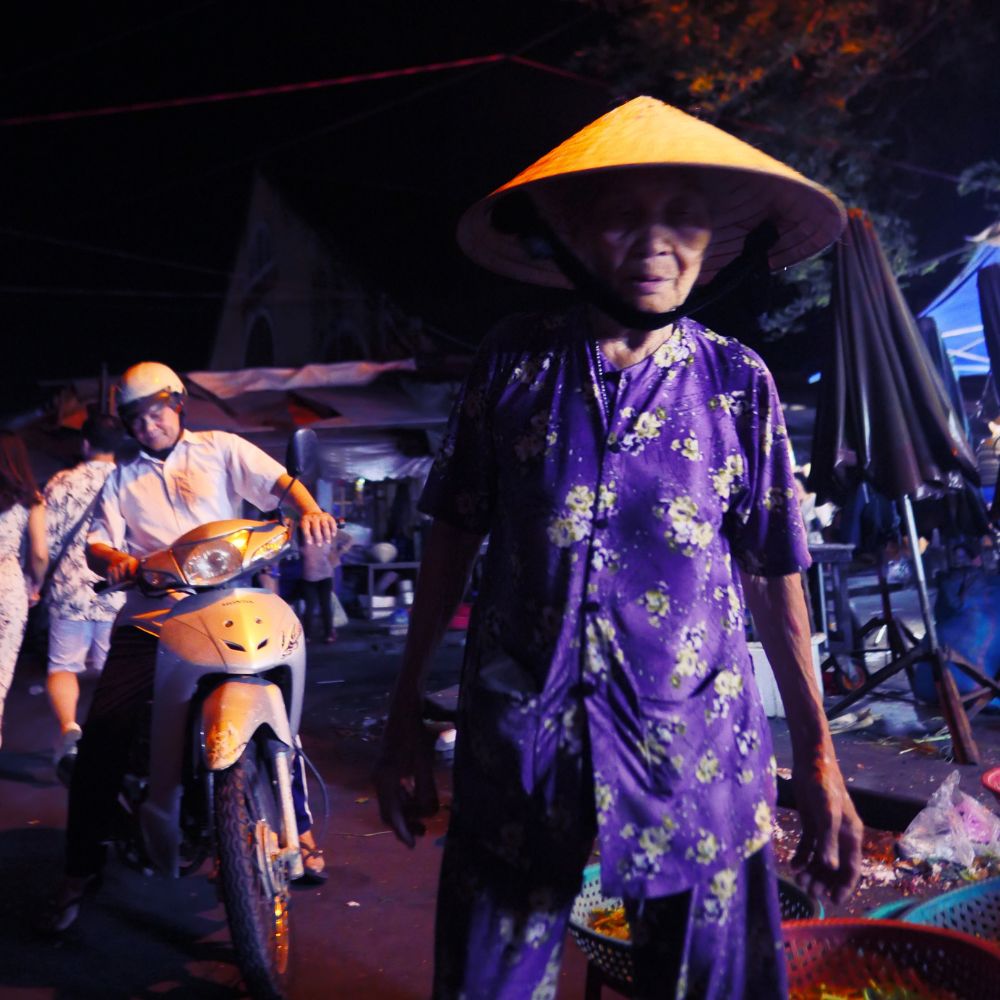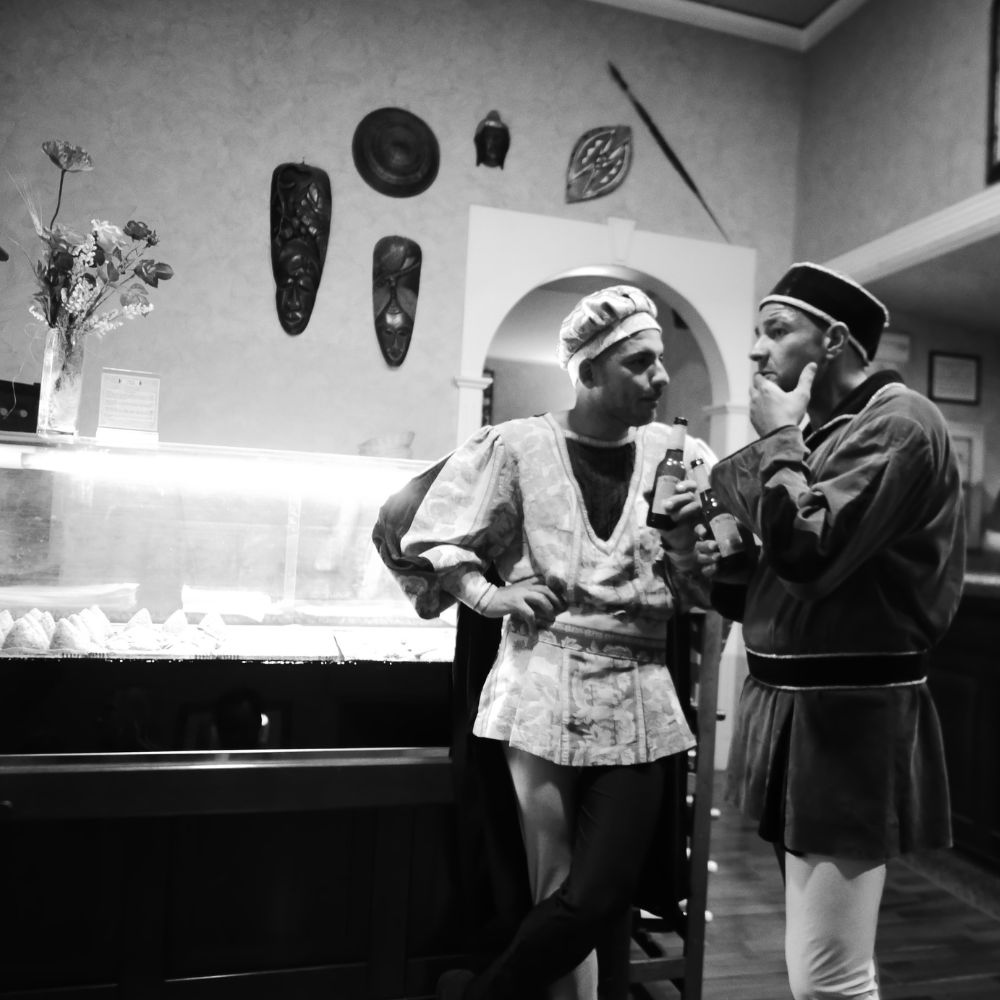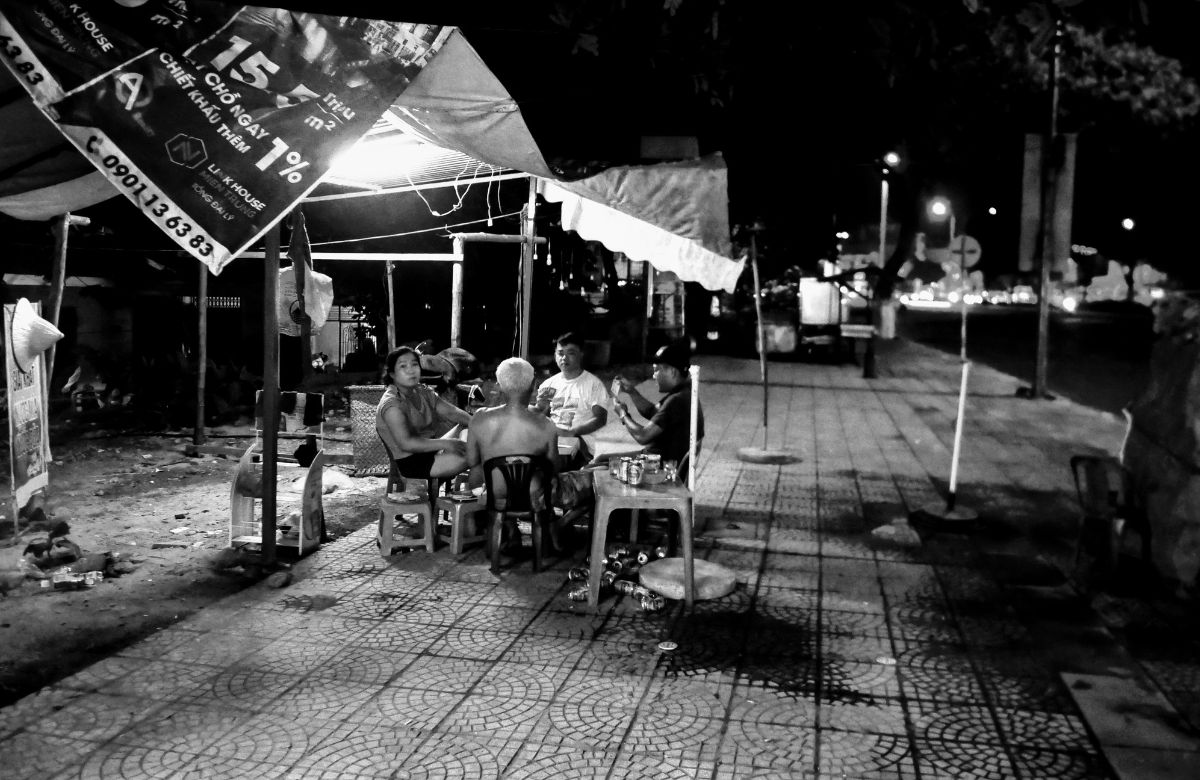I must confess that my favorite images that I photograph are those of people in the moment, eternally inspired by Renoir’s painting “Bal du moulin de la Galette“. Motion, moving, focused, other people around the spectacle.
The woman on the right observing the kids playing foosball under the Sicilian stars at night.
Perhaps she is a mother watching her children, or perhaps a sister or a friend. We just do not know.
And that is the beauty of street photography. It is in the moment, a glancing moment when the shutter snaps, where we all play our part in the act.








